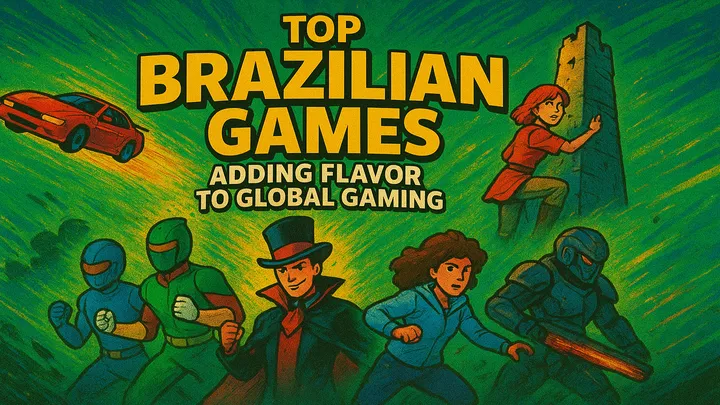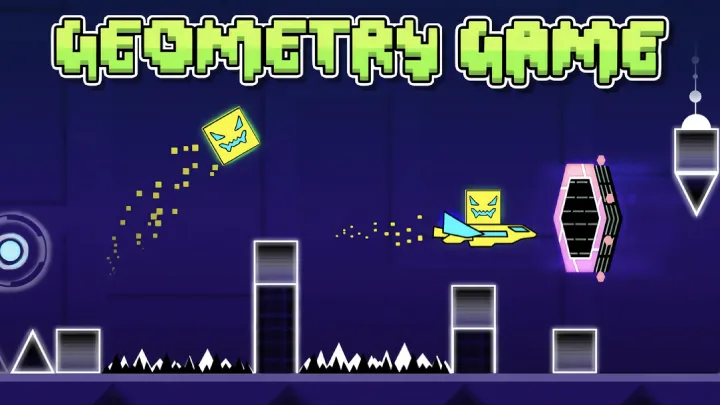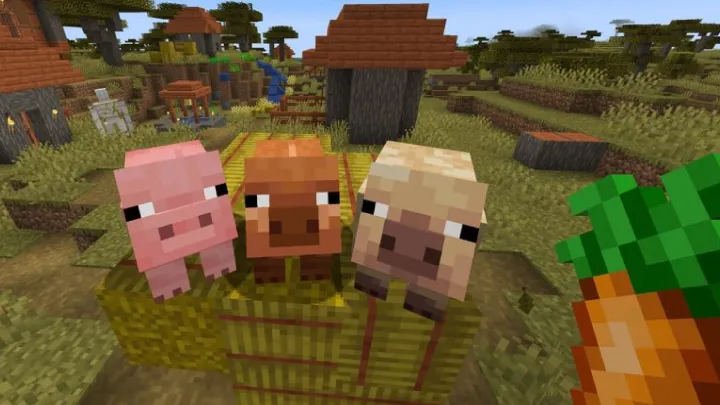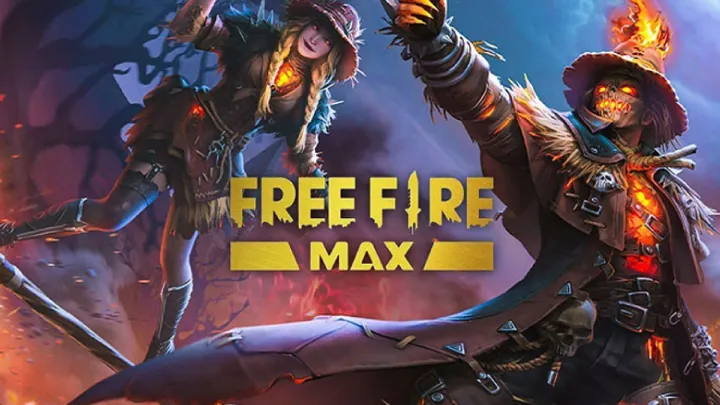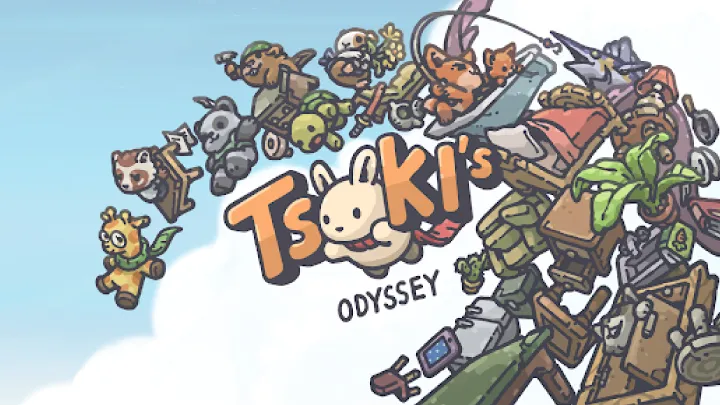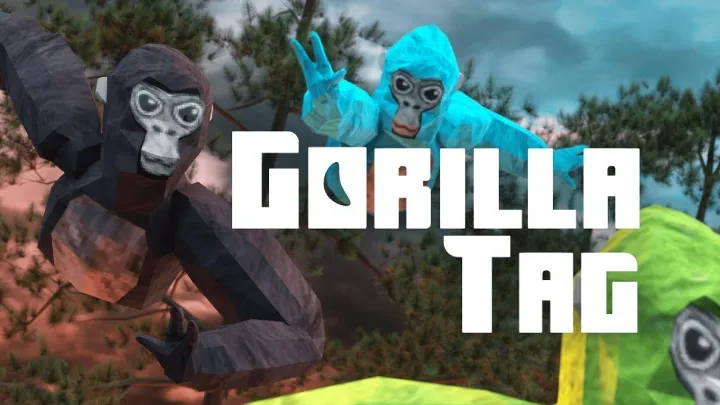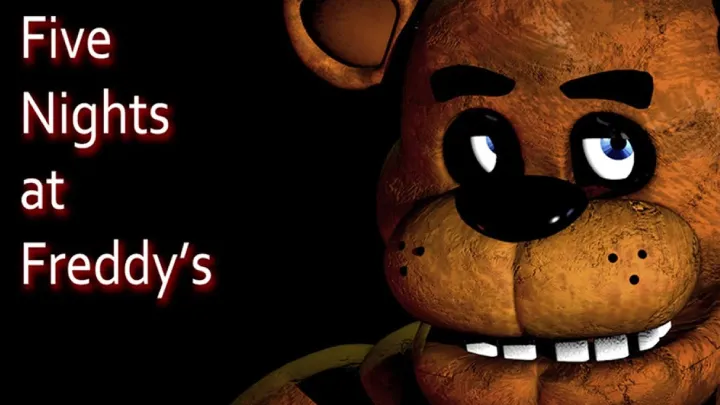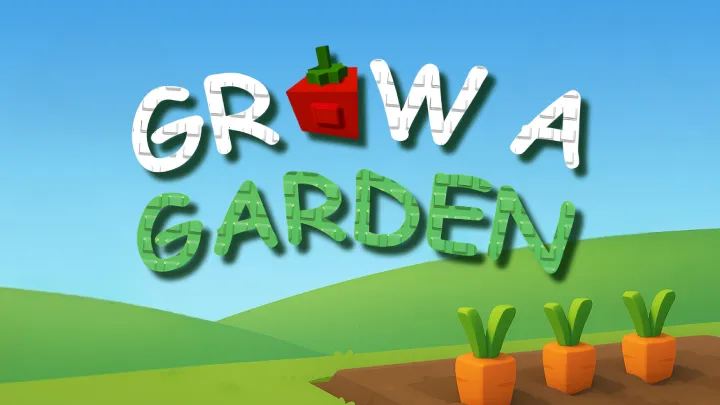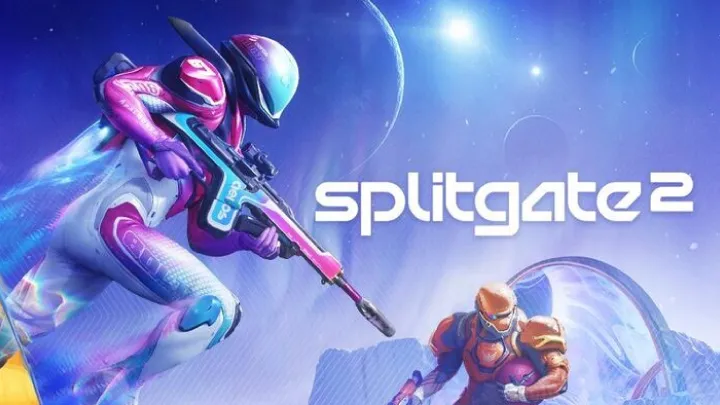The chaotic and exhilarating world of Godzilla Tag is not merely a game of simple pursuit; it is a complex, physics-based arena combat simulation masquerading as a child’s game. While the premise is disarmingly simple—tag or be tagged—the true path to victory lies in a mastery of advanced mechanics, environmental manipulation, and a deep understanding of your opponents’ psychological profiles. A novice player sees only a race to a target; an expert sees a chessboard, where every destroyed building is a calculated move, every seismic stomp is a tactical feint, and every moment is an opportunity for a decisive strike. This comprehensive manual, crafted from the perspective of a seasoned kaiju tactician, will dismantle the common misconceptions and provide you with a professional framework for transforming your raw power into a refined, unstoppable force. We will move beyond the basic pursuit and explore the advanced principles of positional dominance, resource management, and the art of the perfect ambush. This is not a tutorial; it is a blueprint for total urban domination.
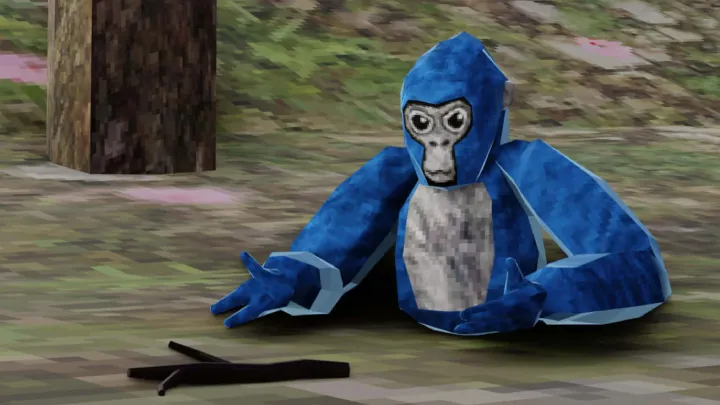
The Core Philosophy: The Mindset of the Apex Predator
A true master of Godzilla Tag operates not as a brute force engine, but as an intellectual predator. Your most powerful weapon is not your atomic breath or your crushing claws, but your ability to think several moves ahead of your opponents. Every action is a calculated risk, and every choice is a strategic decision with long-term implications.
The first principle is to prioritize positional advantage over raw speed. An amateur player sprints blindly towards their target, only to be outmaneuvered and tagged from the flank. An expert player moves with deliberate purpose, using the urban landscape to their advantage. They understand that controlling a high ground, a key intersection, or a fortified position is far more valuable than a momentary speed advantage. Your goal is not to catch your opponent, but to trap them.
Secondly, you must embrace the role of the environment. The city is not just a backdrop for your battles; it is an active participant. Every skyscraper is a potential source of cover, every bridge is a potential chokepoint, and every plaza is a potential deathtrap. The master player is a landscape artist, reshaping the battlefield in real time. They demolish buildings not for the thrill of destruction, but to block escape routes, create lines of sight, or expose vulnerable targets.
Thirdly, you must understand the psychology of your opponents. Your enemies are not simple AI; they are human beings with predictable behaviors. An expert player knows how to read their opponents’ movements. They can tell a panicked flight from a tactical retreat, a reckless charge from a well-planned ambush. By anticipating your opponent’s next move, you can turn their strengths into their greatest weaknesses. This is a game of psychological warfare as much as it is a game of physical prowess.
Part 1: Foundational Mechanics and Controls - The Tools of the Trade
Your first few hours in the game are a critical period for establishing a stable physical foundation. This is where you lay the groundwork for all future strategic success.
1. The Stomp and the Dash: Your primary modes of movement are the slow, deliberate stomp and the burst of the dash. The stomp is for subtle movements, for navigating tight spaces, and for generating the crucial seismic waves that can stagger a nearby opponent. The dash, however, is your most vital tool. It is not just for speed; it is for positional correction, for closing a gap for a tag, and for a sudden, unpredictable retreat. The expert player knows when to conserve their dash for a clutch moment and when to use it to secure an early advantage. Do not use your dash recklessly; every charge is a finite resource.
2. The Tactical Jump: The jump is an often-overlooked tool. While it may seem like a simple maneuver, a well-timed jump can be used to leap over a building, to land a devastating aerial stomp, or to dodge an opponent's area-of-effect attack. An expert player uses jumps to break line of sight, to reposition on a multi-level structure, or to simply confuse their opponent. It is a tool for three-dimensional thinking, and it is a crucial component of advanced movement.
3. The Tagging Attack: Each kaiju has a unique tagging attack. This is a high-risk, high-reward move. The expert player does not spam their tagging attack; they use it with surgical precision. They wait for their opponent to be in a vulnerable position, perhaps disoriented from a fall or cornered in a narrow alley. A tagging attack should be the final, decisive blow of a well-executed plan, not a hopeful first strike.
Part 2: The Science of Movement and Positioning
The battlefield is the city, and your movement is your most powerful strategic tool. A master player is a master of navigation.
1. Using the Urban Grid: The city is laid out in a predictable grid of streets and blocks. The expert player uses this to their advantage. They understand that moving along the streets is faster but exposes them to their opponents, while moving through the blocks is slower but provides cover. They constantly analyze their position relative to their opponents, seeking to lure them into a more favorable position.
2. The Power of Verticality: The skyscrapers and towers of the city are not just obstacles; they are a key part of the battlefield. The master player understands the strategic value of high ground. From the top of a skyscraper, you have a clear view of the entire city, allowing you to track your opponents' movements and plan your approach. They also know that a swift leap from a great height can be used to land on a vulnerable opponent below, disorienting them and providing a crucial opening for a tag.
3. The Flank and the Chokepoint: The most effective tags are not a result of a head-on confrontation, but of a well-executed flanking maneuver. The expert player uses buildings to mask their movements, circling their opponent and attacking them from an unexpected direction. They also know how to create and exploit chokepoints. By strategically destroying a few buildings, they can funnel their opponent into a narrow alley or a bridge, making them an easy target.
Part 3: Mastering Your Kaiju - The Art of the Abilities
Each kaiju has a unique set of abilities, and a master player is an expert in their chosen creature’s tactical strengths and weaknesses.
A. The Balanced Brawler (Godzilla): As the default choice, Godzilla is a formidable, all-around brawler. His atomic breath is a powerful, long-range attack that can be used to damage opponents or destroy buildings. An expert player does not use it as a simple laser; they use it to force an opponent out of a defensive position or to create a new path through a block of buildings. His tail swipe is a close-range area-of-effect attack that can be used to tag multiple opponents in a tight space or to clear debris.
B. The Swift Scout (Mothra): Mothra is a low-health, high-mobility kaiju. Her primary strength is her speed and her ability to fly, allowing her to easily navigate the battlefield and avoid slower opponents. An expert Mothra player does not try to fight head-on; they use their flight to scout for opponents, to grab power-ups from high places, and to surprise opponents with a lightning-fast tag attack. Her stasis field ability can be used to temporarily freeze an opponent, allowing her to make a quick escape or to set them up for a teammate.
C. The Environmental Manipulator (Ghidorah): Ghidorah is a larger, slower kaiju with a powerful set of abilities. His primary strength is his gravity beams, which can be used to destroy buildings with a single shot or to pull an opponent towards him. An expert Ghidorah player is a battlefield architect. They use their gravity beams to demolish key structures, creating new lines of sight and new chokepoints. They also use the pull ability to bring a fast, fleeing opponent into range for a tag.
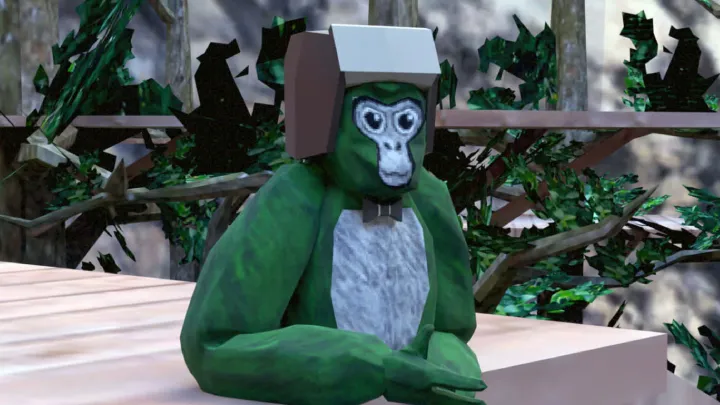
Part 4: Environmental Domination and Power-Up Control
The city is not just your arena; it is your toolbox. A master player is a master of the environment.
1. Strategic Demolition: Every building you destroy has a strategic purpose. Destroying a building at a key intersection can create a new line of sight, allowing you to tag an opponent who thought they were safe. Destroying a building to your rear can prevent an enemy from flanking you. The sound of a collapsing building is also a tactical clue; it tells you where an opponent is and what they are trying to accomplish.
2. The Art of the Power-Up: Power-ups are a game-changer. An expert player knows that power-ups are not just for them; they are a resource to be controlled. They will often grab a power-up not because they need it, but to prevent their opponent from getting it. A speed boost can be used to close a massive gap, while an invincibility field can be used to bait an opponent into a vulnerable position. They are a temporary advantage that must be used with a long-term plan in mind.
Part 5: Advanced Game Modes and Strategies
The game's various modes each require a different strategic approach. A master player knows how to adapt their strategy to the mode.
A. Last Kaiju Standing (LKS): In this mode, the last kaiju standing wins. The expert strategy for LKS is a two-part process. The early game is about stealth and survival. You should use the buildings for cover and avoid direct confrontation. The goal is to let your opponents exhaust themselves. The late game, when only a few kaiju remain, is a sudden transition to an all-out confrontation. At this point, you must use your full power and engage in a decisive, final battle.
B. King of the Hill (KOTH): In this mode, you must control a specific zone to win. The expert strategy for KOTH is about positional dominance. You should use your abilities to fortify the zone, to trap opponents, and to prevent them from entering. You should never be static; you must constantly patrol the perimeter of the zone, looking for weak points in the enemy’s defense.
C. Team Tag: In this mode, you and your teammates must work together to tag all of the opposing team. The expert strategy is a coordinated assault. You should use your voice chat to communicate your plan. One player might act as a distraction, drawing the enemy's attention, while another player uses a flanking maneuver for a clean tag. You should always protect your teammates and use your abilities in synergy. For example, a Godzilla player can use their atomic breath to disorient an opponent while a Mothra player moves in for the tag.
Conclusion: The Ultimate Test of Strategy
In conclusion, Godzilla Tag is a game that rewards patience, intelligence, and a deep understanding of its mechanics. The journey to becoming a master is not about being the fastest or the strongest; it is about being the smartest. By prioritizing positional advantage, mastering your kaiju’s unique abilities, and using the environment as an extension of your own will, you can transform from a simple player into a force of nature. The city is your canvas, and your opponents are simply the final, satisfying brushstrokes of your masterpiece. Your victory will not be an accident; it will be a direct result of your superior planning and flawless execution. The concrete awaits, and your legacy is ready to be written.








